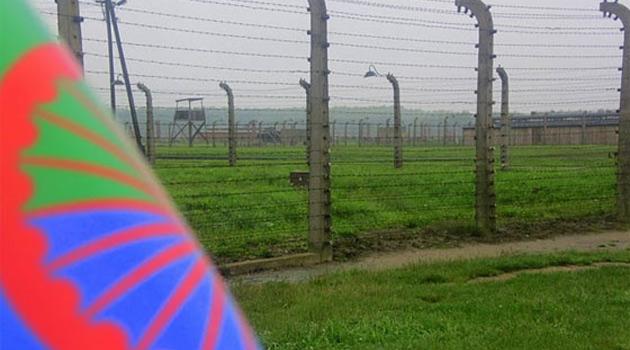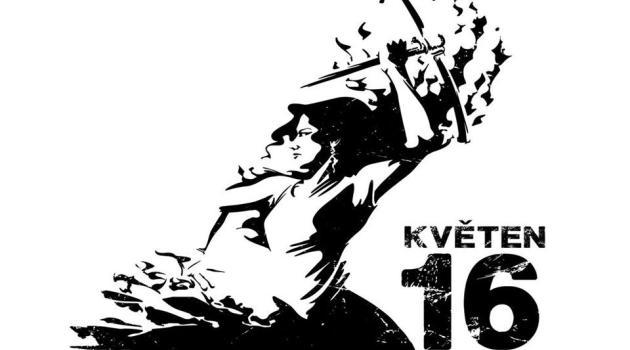Petra Gelbart: Auschwitz Museum says recent research finds the Romani prisoners' uprising was not on 16 May 1944

Representatives of the Auschwitz-Birkenau Memorial and Museum chose an odd way to inform Romani members of the public about a relatively new study about the 1944 uprising by Romani prisoners there, which has been honored internationally on 16 May for several years now. Yesterday the administrator of the @AuschwitzMuseum Twitter account searched on social media for #RomaniResistance or #RomaniResistanceDay in order to contact those sharing such hashtags.
The “Romani Resistance” slogan and social media posts associated with it are disseminated primarily by Roma and Sinti individuals or their organizations. The museum commented on many of those social media posts by drawing attention to a 2018 article authored by Helen Kubica and Piotr Setkiewicz, as follows: “The recent research of @AuschwitzMuseum historians shows that there was no revolt in the Roma camp. The case of passive resistance of #Roma prisoners that took place in early April 1944 (not 16 May 1944) had a different context. For details see here: https://joom.ag/gKhY/p6.”
The recent research of @AuschwitzMuseum historians shows that there was no revolt in the Roma camp.
The case of passive resistance of #Roma prisoners that took place in early April 1944 (not 16 May 1944) had a different context. For details see here: https://joom.ag/gKhY/p6
— Auschwitz Memorial (@AuschwitzMuseum) May 16, 2019
The most important points of the article accessible at that link can be summarized as follows:
1. According to the authors, the information that has been recently disseminated about both the course of the Romani resistance at the Auschwitz-Birkenau concentration camp and its date is inexact. That account has been based primarily on a single written testimony that is contravened by many other documents. The authors are of the opinion that the original testimony could even have influenced other Romani survivors’ subsequent recollections.
2. The number of Romani people taken to the gas chambers on the night of 2 August 1944 and early morning hours of 3 August was probably higher than has been assumed to date, by 1 000 victims.
3. Eyewitness testimonies and written materials about a rebellion by Roma and Sinti against their annihilation rather correspond to the (already previously documented) uprising during the final eradication of the “Gypsy Camp” on 2 and 3 August.
Several Romani community members objected to the way the Auschwitz Museum informed the public about this article yesterday, communicating to them that to contradict people on their social media accounts beneath a post about the Romani resistance on the memorial day itself was insensitive. These Twitter users asked why the museum shared the article on that day in particular, or why the museum has not mentioned Romani and Sinti victims on other occasions, above all, on International Holocaust Remembrance Day.
It is also remarkable that the existence of the 2018 article was apparently also unknown to the International Holocaust Remembrance Alliance, which, although not officially recognizing Romani victims as part of the Holocaust as such, has held expert meetings about the “Roma genocide”. [Translator’s Note: The IHRA also mentioned #RomaniResistanceDay on social media this year].
The administrator of the Auschwitz Museum responded to the objections that “… publication of the new research 10 months ago and sending it out to the world – also to Roma&Sinti organizations – did not bring much result. It’s [sic] still seems to be unknown. Honoring the Roma victims is part of our mission & facts are important.”
Our mission is to commemorate the history of Auschwitz and respect the victims also by historical research & making the facts known. The new research on the Roma was published in July last year. Without much attention. Today we may reach people for whom those facts should matter.
— Auschwitz Memorial (@AuschwitzMuseum) May 16, 2019
We may understand this logic. Yet, publication of the new research 10 months ago and sending it out to the world – also to Roma&Sinti organizations – did not bring much result. It’s still seems to be unknown. Honoring the Roma victims is part of our mission & facts are important.
— Auschwitz Memorial (@AuschwitzMuseum) May 16, 2019
